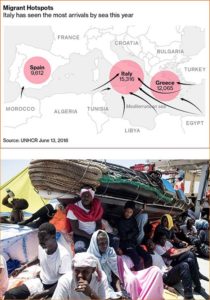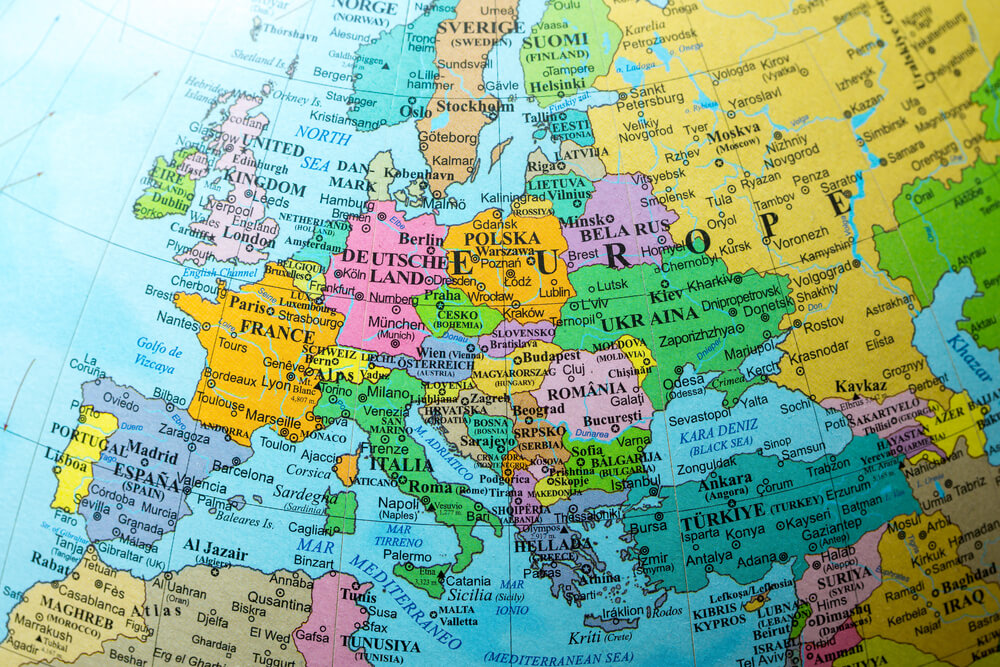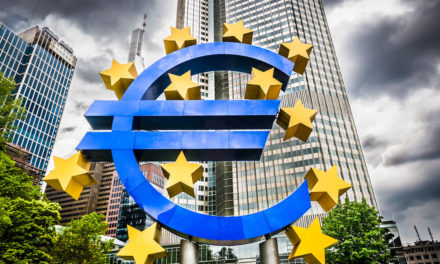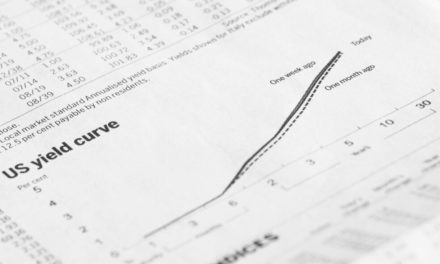For many months, we have warned that a series of economic and political eruptions overseas would drive wave after wave of flight capital to the U.S. markets.
We talked about foreign “fear money” seeking safer havens on our shores.
We explained how it would drive U.S. stock prices higher despite America’s own economic challenges … boost U.S. real estate values despite rising interest rates … and create remarkable new profit opportunities for investors despite new risks.
Now this trend has become a mega trend. And the evidence is everywhere, especially in the European Union.
Exhibit No. 1: Italy
The centrist government, which fully supported the EU and the euro, has fallen. The League and the Five Star Movement, two populist anti-EU parties, have taken over.
At first, they were gung ho to abandon the euro. Now, for the time being, they have dropped that idea from their high-priority agenda. But their venom and anger at the EU continues to boil. And it’s driving a series of unprecedented actions.
Right now, Italy’s new government is refusing to ratify an EU free-trade accord with Canada. This is derailing the union’s most ambitious commercial deal in history, upending decades of consensus in Brussels and driving fear up the spine of eurocrats.
Italy’s new government has also promised Italians a flat tax and universal basic income. This will bloat the federal deficit, bring on sanctions by the European Commission and transform Italy into a pariah state.
As Barry Eichengreen, author of Golden Fetters: The Gold Standard and the Great Depression, 1919-1939, writes in The Guardian:
Italy could quickly find itself out of the euro zone and ring-fenced by capital controls, regardless of whether the government intended this outcome.
Economics Nobel Laureate Joseph Stiglitz agrees:
The backlash in Italy is another predictable (and predicted) episode in the long saga of a poorly designed currency arrangement, in which the dominant power, Germany, impedes the necessary reforms and insists on policies that exacerbate the inherent problems.
He adds:
Italy has been performing poorly since the euro’s launch. Its real (inflation-adjusted) GDP in 2016 was the same as it was in 2001.
Exhibit No. 2: Germany
German economist Claus Vogt, editor of the widely respected Krisensicher Investieren (Safe Investing in Crisis), chronicles and predicts the unfolding crisis. “The party in Germany is over,” he declares. “Durable goods orders have fallen for the fourth consecutive month, signaling an economic downturn.”
The German Institute for Economic Research has just slashed its growth forecast for Germany due to an unexpectedly weak start in 2018 and the expected fallout from Italy’s new government.
And despite all this impending weakness, Germany’s finance minister has just announced more austerity. He wants to slash investment, cut defense spending and even lower the country’s contributions to the EU budget. Brussels is in shock. But they can’t do a thing to stop it.
Meanwhile, Germany’s anti-EU Alternative for Germany (AfD) party continues to gain strength.
In elections last September, AfD became the first far-right party to win seats in the Bundestag in more than half a century.
It is now Germany’s leading opposition party.
As such, it chairs the powerful parliamentary budget committee, issues the first response to any government statement and does everything it can to “split society,” warns German daily Süddeutsche Zeitung.
Exhibit No. 3: The Euro Zone Economy
Just since the dawn of the 21st century, the U.S. economy has suffered a tech wreck, a housing bust, a massive debt crisis, the Great Recession and an unusually weak recovery. But compared to the euro zone, it looks like an oracle of growth.
In the entire eight-year period from 2008 to 2016, the euro zone’s real gross domestic product (GDP) increased by a meager 3% overall. That’s an average yearly growth of less than 0.4%.
Or consider this stark comparison: Back in 2000, just one year after the euro was introduced, the U.S. economy was only 13% larger than the euro zone. By 2016, it was 26% larger. And now, the euro zone economy is faltering again.
Joseph Stiglitz ties it back to the disastrous euro experiment. “If one country does poorly,” he writes, “blame the country; if many countries are doing poorly, blame the system.” As he explains in The Euro: How a Common Currency Threatens the Future of Europe: “The euro was a system almost designed to fail.”
Exhibit No. 4: The European Migrant Crisis
Just when observers thought it was subsiding thanks to some stricter border controls, the migrant crisis has burst back onto the scene with gale force.

Bloomberg reports that Europe’s fragile unity is crumbling as migration quarrels spill over: “Three summers after Europe’s biggest migration influx since World War II, the old wounds are reopening.”
Just by sea alone, 9,612 migrants have arrived in Spain, 12,065 have shown up on the shores of Greece and a whopping 15,316 have poured into Italy from North African countries like Algeria, Tunisia, Libya and Egypt.
Italy’s new interior minister, Matteo Salvini, recently set off a whole new round of fireworks when he refused to allow a rescue ship with 629 migrants aboard to land in Italian ports.
German Chancellor Angela Merkel warned that the crisis could tear to shreds any vestiges of European unity.
French President Emmanuel Macron blasted the Italian government’s “cynical and irresponsible” decision to abandon 130 unaccompanied minors and pregnant women.
And many predicted that anti-immigrant fury will turbocharge the already surging anti-euro movement.
Exhibit No. 5: The Looming Trade War
Just last Thursday, EU countries approved a new raft of tariffs targeting U.S. goods in retaliation against duties imposed by President Donald Trump on European metals.
This is throwing more fuel on the fire of an escalating trans-Atlantic trade war just days after Trump broke with allies at the G7 summit in Canada, refusing to sign their joint communiqué.
Separately, the U.S. president slapped a new set of tariffs on $50 billion of Chinese exports and threatened $200 billion more — a serious escalation of trade tensions between the world’s two largest economies, according to a majority of both Democratic and Republican lawmakers. China threatens to retaliate immediately.
‘This Barely Scratches the Surface of the Crisis’
Tony Sagami, two-time winner of the Thomson Money Manager of the Year Award, reminds us that the perfect storm in Europe is just one piece of the political and economic crisis now spreading globally.
“Martin, everything you’ve talked about so far,” he said in a recent conference call, “barely scratches the surface of the global crisis.
“Emerging-market economies are crumbling. Civil wars and regional wars are escalating — or looming — in the Middle East and South Asia. China and Japan are on the brink of their own regional trade war.
“Many U.S. investors typically do not concern themselves with what’s happening overseas,” he added. “Most of the time, they don’t have to. Now, though, it’s a must. It’s urgent. We absolutely have to reach out to our readers to have a very serious discussion about the impacts on their investments — the good, the bad, the ugly.”
I agreed. And I invited two people to help me. The first is Claus Vogt, whom I mentioned earlier. He’s the only prominent German money manager who warned about the European crisis before it began.
The second is Sagami himself, the only stock expert who told his followers to sell all tech stocks days before the dot-com bust began.
Vogt lives in Europe; Sagami, in Asia. To show you how to protect yourself from the crisis and even use it to build your wealth safely, the three of us have just met online for an urgent video conference.
To view the recording now, just click this link.
Good luck and God bless!
Martin D. Weiss, Ph.D.
Founder, Weiss Ratings




